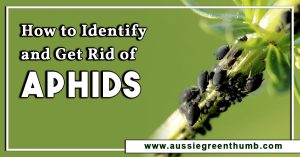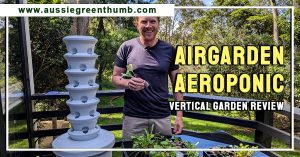Fertilisers are essential for gardens, helping to boost the health and growth of your plants, encouraging higher volume crops of fruit and vegetables, and keeping your lawn lush and green.
But when you’re using fertiliser, it’s important to use the right type at the right time, and to apply it in the right way. We’ve put together a useful guide to garden fertiliser, covering the most common types, how to use them, and much more.
More...
Best Fertilisers for 2025
Product | Our Rating | Price | |
|---|---|---|---|
1. Hortico 8kg All Lawn Fertiliser | 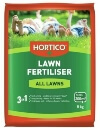 | ||
2. Green Up Lawn Food Fertiliser | 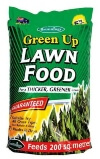 | ||
3. Worm Casting Vermicompost | 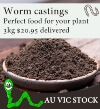 | ||
4. Richgro 1L Black Marvel Liquid Fertiliser | 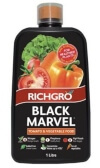 |
Best Fertilisers for Your Garden
Lawn Fertiliser Reviews
1. Hortico 8kg All Lawn Fertiliser
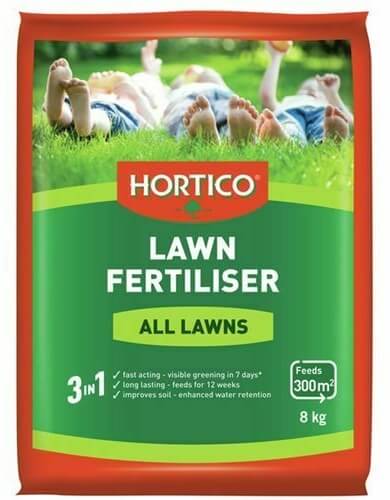
As a very fast-acting lawn fertiliser, you’ll see very quick results with this product. By making your grass grow more densely, you’ll be able to suppress further weed growth as well as have a lovely soft, green lawn.
This is a fairly slow-release synthetic fertiliser, lasting about 12 weeks in the soil, and it has extra potassium in it to help grass bounce back quickly under heavy traffic. An 8kg bag will cover around 300 square meters of grass.
2. Green Up Lawn Food Fertiliser
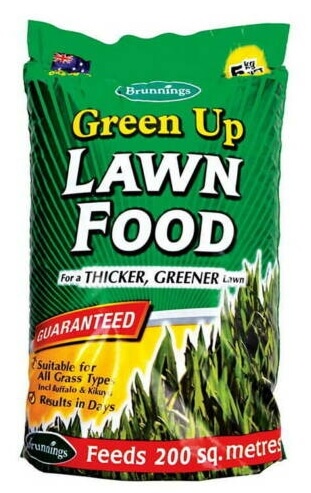
This lawn fertiliser works well on all grass types, including kikuyu and buffalo. It’s a fast-acting synthetic fertiliser, so it’s easy to spread and delivers results in 7 days, although you do need to water it in to prevent it from burning your grass. 5kgs will feed around 200 square meters of lawn.
Organic Fertiliser Reviews
3. Worm Casting Vermicompost
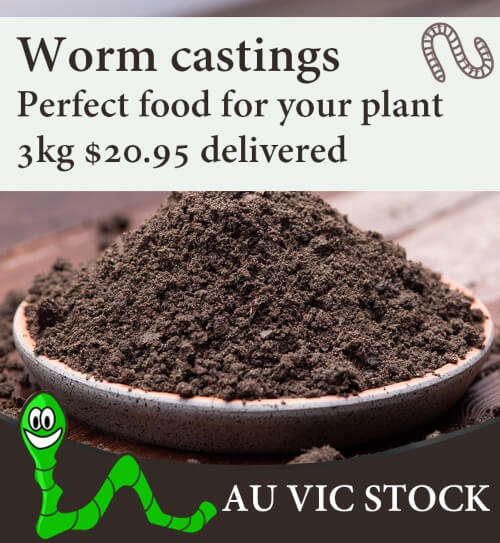
Worm castings or vermicompost is a natural and organic fertiliser that can be used on vegetable gardens, fruit trees, flower beds, and container plants. It can also be used in hydroponic setups.
These castings are rich in bacteria as well as nutrients, activating your soil and providing an aerobic environment for your plants to thrive.
They are safe for native plants too, are odour-free, and easy to apply.
Liquid Fertiliser Reviews
4. Richgro 1L Black Marvel Tomato And Vegetable Food Liquid Fertiliser
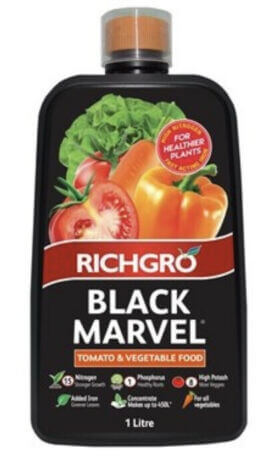
Ideal for fruit and vegetable gardens, this liquid fertiliser helps you supply the nutrients these plants need to deliver a good yield at every harvest.
It’s high in nitrogen and potash, and the iron content helps green up growth and promote plant health. It works quickly on all fruit and vegetable crops, and 1 litre makes up to 450 litres of fertiliser.
What Do the Numbers on Fertilisers Mean?
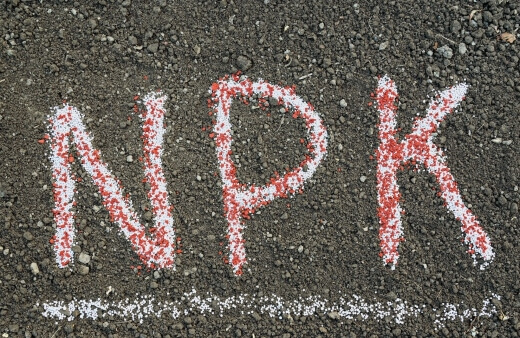
Almost all fertilisers have 3 numbers on their label, known as the NPK, which is why they are often called NPK fertilisers. This is referring to the ratio of the 3 active ingredients in the mix.
- N – The chemical symbol for nitrogen. Plants use nitrogen to create lush foliage and dense green growth.
- P – The chemical symbol for phosphate. This promotes strong root growth, helps plants mature more rapidly, and is needed in the development of fruits, seeds, and flowers.
- K – The chemical symbol for potassium. This helps plants withstand extreme weather, fight off disease, and strengthen plant growth.
The higher the numbers are, the stronger the mix. So, if a fertiliser is a 14 – 5 – 10, it will be made from 14% nitrogen, 5% phosphate, and 10% potassium. The remainder is the carrier material for the fertiliser.
Synthetic vs Organic Fertiliser
Synthetic fertilisers are fast-acting, easy to spread, and inexpensive to buy. However, they don’t contain microorganisms that help hold nutrients in the soil and improve soil quality. They can easily be overapplied, which can be harmful to the water table and environment.
Often, there is a lot of confusion about what exactly an organic fertiliser is. An organic fertiliser is a substance or mixture of substances that is derived from organic material and is used to help promote healthy and strong plant growth.
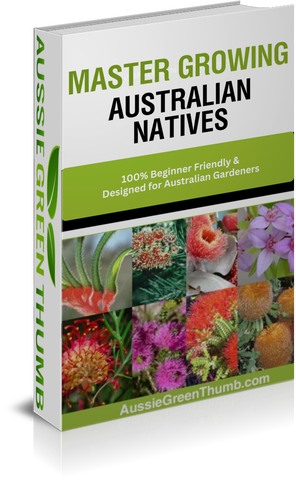

Get Your Free Guide:
Master Growing Australian Natives eBook
A Must Have Complete Guide for Every Australian Garden
Get Your Free Guide:
Master Growing Australian Natives eBook
A Must Have Complete Guide for Every Australian Garden
These are natural products that don’t contain any artificial chemicals. Generally, organic fertilisers deliver nutrients to a plant in a roundabout way. Chemical fertilisers deliver nutrients to a plant in a form that they can metabolise almost instantly.
Organic fertilisers, on the other hand, need to be broken down by bacteria in the soil to convert them into nutrients that a plant can use. At first glance, chemical fertilisers may seem better since the plant gets fertilised immediately, but it is easy to overdo using chemical fertilisers.
In contrast, it is almost impossible to fertilise too much with organic fertilisers. Also, organic fertilisers are less apt to dissolve and leach away with heavy watering.
Organic fertilisers are slower to break down, which is why they are known as slow-release fertilisers, so they provide a steadier and better source of nutrition to plants.
There’s no potentially toxic build-up of organic chemicals in the soil, and they are filled with bacteria that help improve soil quality and protect the ecosystem of your garden.
However, they are usually a bit more expensive, and you’ll have to wait a little longer to see the results on your plants. Depending on the product, they can also be a little messier or smellier to apply.
Fertiliser for Native Plants
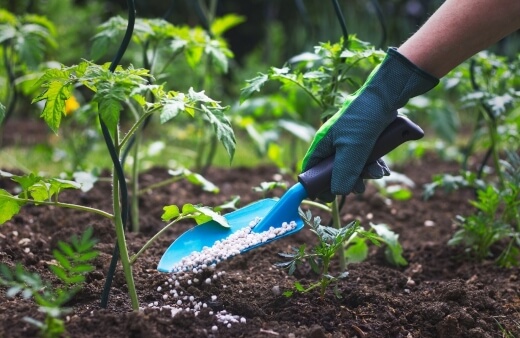
Native plants have adapted over thousands of years to the Australian soil, which is naturally very low in phosphorus. This means that they easily get all the phosphorus they need from local soil.
Fertilisers, especially synthetic fertilisers, tend to contain a lot of phosphorus, and feeding a native plant with this fertiliser can quickly damage and kill it. However, this doesn’t mean they shouldn’t get fed.
Instead, use a native plant fertiliser that is organic and naturally low in phosphorus. They especially enjoy seaweed-based and blood and bone fertiliser, or pellet chicken manure.
Difference Between Garden Fertiliser and Lawn Fertiliser

These are often referred to interchangeably but are different products. Garden fertiliser is an all-purpose fertiliser or balanced fertiliser that will work on most plants that don’t have unique nutrient needs.
It will usually be a mix of equal amounts of nitrogen, phosphate, and potassium, which helps promote green growth, flowers, and fruiting. On the label, it will usually be called a 10-10-10 fertiliser for this reason.
Grass, however, has different nutrient needs, as you want it to have strong leaf growth, but there’s no need to promote flowering or seeding.
The best fertiliser for lawns will be specifically designed to promote green growth and disease resistance and will have a high ratio of nitrogen and potassium but much less phosphate.
They also often contain weed killers to help prevent the types of weeds that tend to grow in lawns, like bindii, lambs’ tongue, and nutgrass. (Learn more about weed killers here.)
Your lawn will still do well on a garden fertiliser but will be better off if you use a lawn fertiliser.
DIY Garden Fertiliser
1. Animal Manure
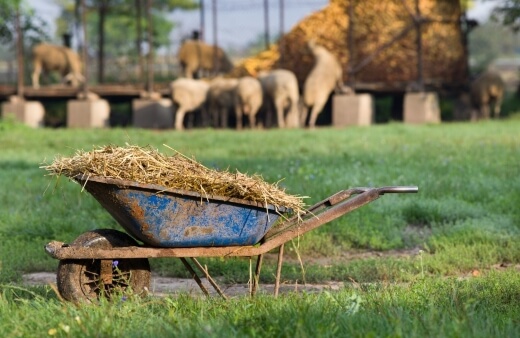
Manure is one of the best ways to make your soil more fertile and improve plant growth. Not all animal manure can be used, and it’s recommended that your manure comes from animals that eat grains, plants, or grass. Unfortunately, waste from dogs and cats just won’t work.
Composted manure is rich in the nutrients that plants love, with goat and sheep manure being especially high in nitrogen and potassium, and cattle manure being a more balanced fertiliser containing all necessary nutrients.
Due to its organic nature, it’s safe to work into your soil, although you should wear gloves and wash yourself thoroughly after working with it.
A quick fertiliser can be made from manure by mixing one part of manure to two parts of water. This mixture can be sprayed onto plays or poured onto the soil around the plants.
Similarly, Because manure can contain dangerous bacteria, it is important to wash the vegetables, fruits, or herbs that are sprayed with this mixture thoroughly before eating.
How to Make Manure
Take a drive to a local farm (or make a day trip if you’re in the city) and pick up some raw animal manure. Some places you can get it for free, others sell it for cheap as chips ($1-2/ big bag). You can use manure from cows, chickens, goats, sheep, and even horses.
You can run water through it to help release any excess salts or moisten it up before adding it to your compost heap or mixing it with soil before digging it into your beds.
2. Compost
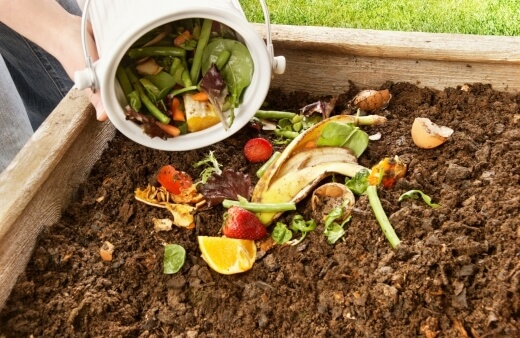
Another popular garden fertiliser is compost. It enriches your soil with the essential nutrients and provides a great source of organic fertiliser. As the organic matter breaks down in your soil by microbes, the chemical by-products are released into the soil to be taken up by your plants.
How to Make Compost
Compost is easy to make! Start by buying or making your own compost bin at home. Should you decide to go with the former, here's our review of the best compost bins on the market.
The two components of any compost project are green materials, such as grass clippings or branches, and brown materials, derived from dead leaves. You can also throw in scraps of vegetables and biodegradable paper products into your compost bin.
Add sticks, leaves, garden refuse, vegetable and fruit waste (no onions or citrus), eggshells, coffee grounds, and newspaper in layers. Don’t put any weeds or seeds in the mix.
Regularly moisten it to help the waste break down. Turn it either using a compost tumbler or spade once a month to keep it aerates, and you’ll have compost in about 6 months.
To tell if it is ready for use, check to see if any of the original matter is discernible. The compost should also be dark brown in colour.
3. Worm Castings
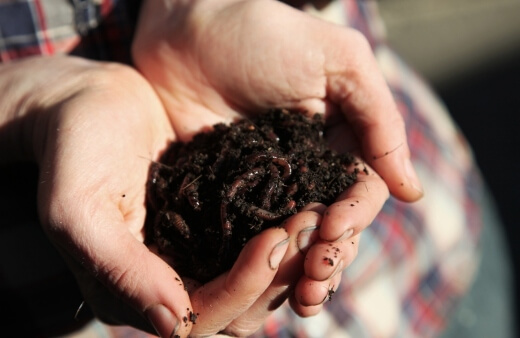
Worms are wonderful at breaking down organic matter and enriching the soil, and if you don’t have enough waste or space to have a compost bin, you can have a worm farm instead.
How to Make Worm Castings
Simply set up your worm farm and feed it with fruit and vegetable waste (no onions, pineapple, or citrus), newspaper, cardboard, eggshells, and coffee grounds.
Run water through it once a week to make sure it stays moist and use the “worm tea” that collects on the bottom layer to fertilise your plants.
Most worm farms have a separate reservoir for this liquid and a tap to make it easy to collect. Worm farm are quite beneficial but be sure to look out for worm infestation as this may be quite challenging to handle.
4. Ground Coffee and Tea Leaves
If you brew your own coffee or tea, you’re in luck, because coffee grounds and tea leaves are a pretty decent source of nitrogen, potassium, and phosphorus for your plants.
Just remember to remove the tea bag itself, as these often contain plastic which is very bad for the environment.
How to Use Coffee Grounds as Fertiliser
Once you’ve brewed your cup of coffee, throw them straight into your soil! It’s as simple as that. If you’re a tea drinker, you can use loose tea leaves in the exact same way.
This is great for plants that love nitrogen (anything that you want big green leaves on) or plants that prefer acidic soils (tomatoes, azalea, and roses).
5. Fertiliser Mix
You can make a great, all purpose, organic garden fertiliser by combining seed meal, lime, and trace minerals together in the correct proportion. Seed meal is the leftovers from the manufacture of vegetable oils.
Lime is a mineral that changes the pH of the soil, made from crushed rocks like limestone, gypsum, and dolomite. Another important mineral to add to the fertiliser is phosphate, which can be found in bone meal or guano.
Combine all of the ingredients in the following proportions:
1 part seed meal
1/4 part bone meal
3/4 part lime (an equal mixture of dolomite and gypsum)
All of these components can be found in a garden supply centre or on the internet
When is the Best Time to Fertilise
Is now a good time? Should I wait a few more weeks? Is it better in spring or autumn? What fertilisers should I use? These are the myriad of questions that come up when people discover you’re a gardener.
When to fertilise is one of the most important questions to ask when you’re first setting out into the gardening frontier. The answer, however, can only be given when it’s been put in context. I want to fertilise …my lawn, …my roses, …my blueberry shrubs, or ….my tropical orchids.
The key to knowing when to fertilise your plants and/or garden is at least understanding the growing cycle of plants.
[Disclaimer: To those who haven’t already guessed I’m no horticulturalist, so I can’t – even if I wanted to – use big horticultural words. I have opted for more common terms and I hope that helps.]
First the plant goes through a growth stage. It starts as a seed or cutting and begins to grow. As it grows it transitions through to the fruiting stage where it produces something: either fruit, a flower or a seed pod.
At the end of the fruiting stage it either dies (as in the case of annuals) or it goes into the dormant stage. That’s basically it. Each stage has its own requirements and they need certain chemical elements to aid their particular phase.
Growth Stage – When plants grow they require more nitrogen and phosphorus. Nitrogen encourages leafy growth and helps plants grow their stems and branches. It is used up readily and usually won’t remain in the soil longer than 12 months. On the other hand, phosphorus is needed for seed germination and root development. This chemical will remain in the soil for up to 3 years.
Fruiting Stage – As a plant enters the fruiting stage it seeks out a generous dose of potassium. Potassium is needed because it helps plants produce fruit and flowers and aids resistance to disease and pests.
Dormant Stage – The dormant stage literally means the plants become ‘dormant’. They go into hibernation much like a winterized bear. Therefore, they don’t require much in the way of fertilising.
So the question really shouldn’t be, is spring or autumn the best time to fertilise? It should be, what stage is this particular plant in and what will it need?
For example, most bulbs flower in spring but begin growing in late autumn and early winter. Roses on the other hand are dormant for most of winter and begin growing in spring to flower later in that season or in early summer. Both bulbs and roses need different fertilisers at different times.
So while most TV shows, especially the adverts of large garden stores, promote a general all-purpose fertiliser, these are predominantly useless. What’s the point of ploughing nitrogen-rich fertiliser into the soil at the start of a plant's dormant period? By the time the plant needs it, most of the fertiliser will have leached away.
When to Fertilise Your Lawn
Nitrogen and phosphorus at the start of spring (its growth stage). Potassium in summer for resiliency – not for seed production. More phosphorus in autumn and winter in the form of a slow-release fertiliser.
Garden Fertiliser Frequently Asked Questions
What is the best fertiliser for your garden?
The best fertilisers for your garden are those you can find locally, which use organic materials to create rich, moisture-retentive, but workable compost. Organic horse manure, cow manure, or leaf mould are ideal all-rounders, but some plants need more calcium to support flowering, so fish blood and bone is a useful traditional alternative.
What is the best homemade fertiliser?
Comfrey tea and nettle tea are brilliant DIY liquid fertilisers for your garden, and if you have access to seaweed that can be legally harvested, it works both dried and wet as a mulch.
Making your own fertilisers at home is a smelly business, but is as simple as placing high-nitrogen materials in a bucket or water, applying pressure, and leaving them over winter for a big batch of concentrated feed in spring.
When should you fertilise your garden?
For vegetables and home-grown produce, you should fertilise your garden as soon as your plants are in the ground, and over 30cm tall. Some plants like feeding sooner, others later, but it's safer to let them establish slightly before fertilising. Then, fertilise them every 1-2 weeks through the growing season.
What is the cheapest way to fertilise a garden?
Homemade compost doesn’t cost a penny, and reduces your kitchen waste, bin collections, and makes use of old vegetable plants, fallen leaves, and grass clippings too. All you need in a compost bin, in a reasonably sunny spot, and patience.
Is human urine a good fertiliser?
Human urine is not a good fertiliser. There are so many articles online that suggest human urine as a reasonable fertiliser, but it attracts vermin, stinks, and is only useful due to its high nitrogen, potassium, and phosphorus levels. In theory, it is useful for brassicas but, honestly, it’s not worth it!
When should you not fertilise?
Fruit trees should not be fertilised after they have set fruit. Citrus trees are an exception, but avoid feeding them through winter as they prefer to hold onto fruit through cooler months, rather than producing new ones.
What plants should not be fertilised?
Most perennial garden plants do not need fertiliser. Herbaceous plants with rhizomes or corms can benefit from a mulch-based feed over winter, but most fibrous perennials like carnations or Echinacea can become too damp over winter with mulch, and overfed in spring and summer from liquid feed, so leave them to find their own nutrients in the soil.
Is liquid or dry fertiliser better?
Granular fertiliser is longer lasting and more cost-effective than liquid fertilisers, but liquid fertilisers will give faster results. To revive dying plants, or underfed plants, liquid fertiliser is best. For annual or routine applications of fertiliser, granular is best.
What is the most harmful fertiliser?
Anhydrous ammonia is an incredibly harmful fertiliser, often stored as a gas or pressurised liquid, it is sprayed over crops, typically in late winter or spring, and can cause severe burns if it comes into contact with the skin. It is also incredibly harmful to wildlife.
Are fire ashes good fertiliser?
Wood ash is a great fertiliser, and a high source of carbon and calcium. It also helps to raise the pH to near neutral in highly acidic gardens. Do not use coal or charcoal ash as it is too acidic and can slow down the development of other composting materials
How do I know if my soil needs fertiliser?
There are two ways to tell if your soil needs fertiliser. The first is easy but expensive; buy a soil test kit. The second is free, but requires some learning; look at your plants.
If your plants are dropping leaves, buds, or developing spots on their leaves, they are often lacking in calcium, zinc, or magnesium which help prevent disease. It can be hard to spot though, so if you’re in a hurry, find a good soil testing kit online.
Is it better to put down fertiliser before or after rain?
The best time to put down granular fertiliser is before rain, when the rain will help to improve soil contact and begin its feeding process. For liquid fertiliser, the best time to apply it is after rain, or when none is forecast. Heavy rain can wash fertiliser away or dilute it.
Get Growing with Effective Garden Fertilisers
To thrive, our gardens need to be fertilised on a regular basis – but it’s all about picking the right kind of fertiliser. Got a favourite that we missed? Let us know in the comments below!
Also, be sure to check our product review and buying guide for the best fertiliser spreaders to help you save time when fertilising your lawn.
Remember that native plants need a very low phosphorus, organic (slow release) or blood and bone fertiliser, that fruit and vegetable gardens need a higher dose of potassium to help promote good crops, and that grasses need more nitrogen to promote healthy green growth.
Organic fertilisers are always the best choice even though they cost a little more because they don’t damage the environment and are gentler on the soil, improving the soil quality and helping to promote moisture retention and plant health.
We also recommend that you try your hand at making your own fertiliser by experimenting with a home compost bin or a worm farm to help create an eco-friendlier lifestyle and make fertilising your plants even more affordable!
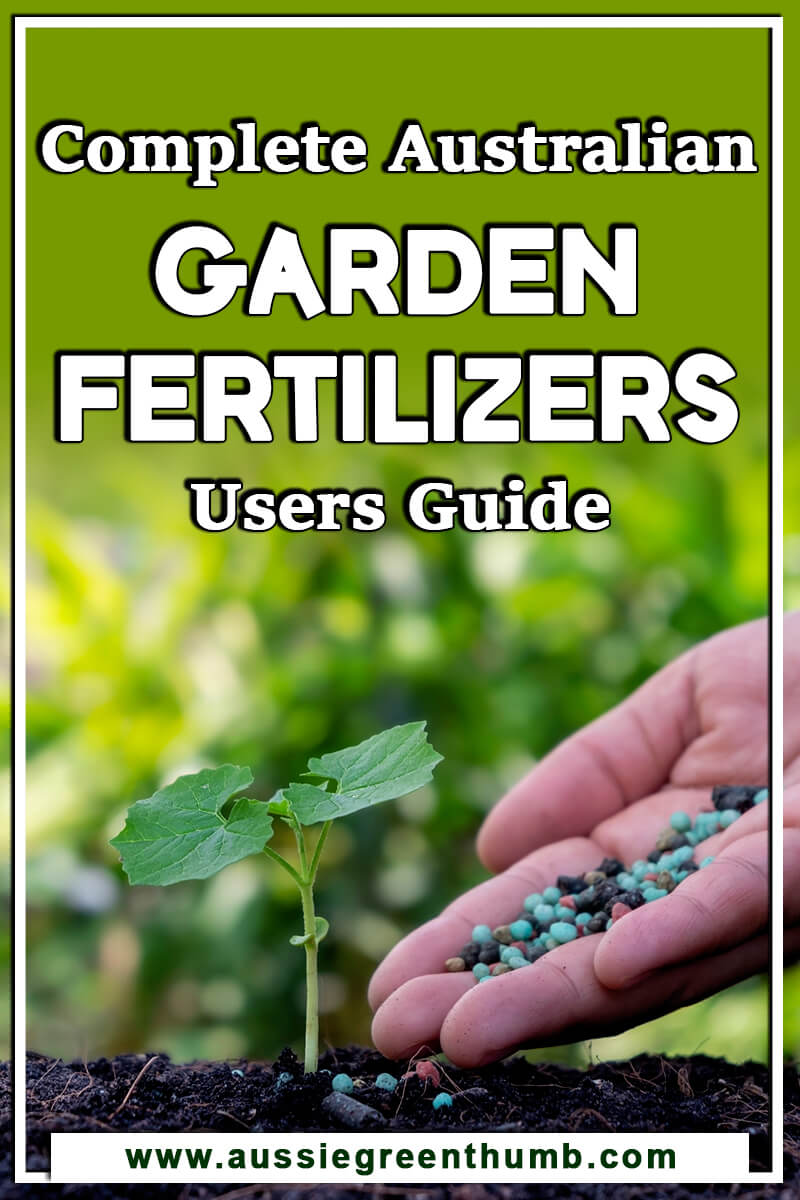
Published on January 5, 2025 by Gary Clarke
Last Updated on January 13, 2025



